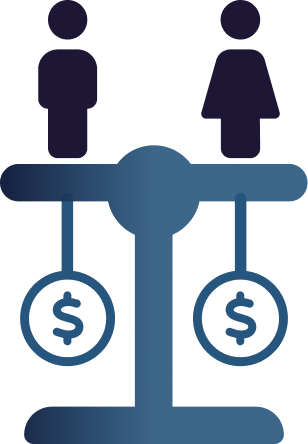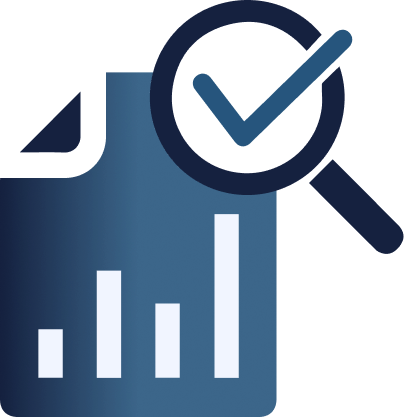Required Reports
Under the Legislated Employment Equity Program (LEEP),1 federally regulated employers are required to submit an employment equity report to the Labour Program by June 1 of each year. This report is based on the previous calendar year’s information on the overall workforce and on employees from four designated groups:
- Indigenous peoples
- Persons with disabilities
- Women
- Members of visible minorities
You can access and upload the forms using the Service Canada website.2 The report must meet the following two requirements:
1. Quantitative Requirements
The quantitative (statistical) report includes information on the industry sector; status of employees such as permanent, full-time, permanent part-time and temporary; occupational group;3 salary/wage gaps; hiring; promotion; and termination.
National Occupational Codes (NOCs)
One of the steps that can take more time initially is matching roles to occupational groups using the National Occupational Codes (NOCs). NOCs provide descriptive information about occupations in the Canadian labour market that employers can compare their jobs to. There is not always a perfect match, so look for the closest one you can use year over year for benchmarking and analysis purposes.
Pay Equity
For pay gaps, the reporting requirements are different than those for federally regulated employers under the Pay Equity Act. Employment equity focuses on whether there are pay gaps affecting individuals who identify as members of one or more designated groups.  Pay equity focuses on narrowing the gender pay gap by ensuring that men and women doing work of equal value earn equal pay.
Pay equity focuses on narrowing the gender pay gap by ensuring that men and women doing work of equal value earn equal pay.
2. Qualitative Requirements
In the qualitative (narrative) report template, you are asked to report on the equity environment; promotions; reasonable accommodations; recruitment; communications; retention/termination; and training and development.
The other narrative report categories include constraints; consultations with management, unions or other employer representatives; and future strategies.
Success Measures
The report is an opportunity to describe the measures you are taking to identify and bridge gaps. For the purposes of employment equity reporting, a valid measure is one that is designed to benefit designated group members and to ensure an equitable work environment. At the outset, you may not have established success measures but should be able to report on progress or impacts over time.
Tip: Include Activity Outcomes
If you are audited, it may be helpful and better received if you describe the outcomes of your activities. One example could be partnering with employment agencies or organizations supporting one or more of the designated groups with access to employment so you can bridge identified representation gaps.

Submitting Reports
Employers must complete and submit their reports using the Workplace Equity Information Management System (WEIMS)4 online reporting tool. The Labour Program receives these reports and verifies them to make sure that employers are complying with the various requirements.
You may be asked to verify or supply additional information. If you are audited, you will be given a description of the audit process and a timeline to comply with.
Reporting Tools and Resources
The Government of Canada's Workplace Equity website includes tools and resources for employers.5 There is also a diagnostic tool called Equi’Vision6 that employers can use for benchmarking (generally or by sector) to help identify barriers and to take meaningful action to reduce gaps in representation, promotions or pay.
Making the Most of Your Data
As a federally regulated financial institution, you are required to collect diversity data and report it to the federal government. But have you considered opportunities to leverage this data to support equity, accessibility and inclusion in the workplace? Here’s where you can go from merely collecting data to leveraging it to create positive change!

-
Consider how you can use the moment in time and flow data to review your employment systems or employee touchpoints across the employee life cycle, from joining (hiring) to leaving (voluntary departures and terminations).
-
Look for what might correlate directly (a policy that presents a barrier to a diversity group) or indirectly (inconsistent interpretation of the policy) with gaps in representation.
-
Build up your qualitative report over time and as you learn how to use the data to identify and address barriers.
-
Look critically at each employment system or touchpoint for the designated groups (and additional diversity groups if you are collecting that data) in the context of the financial sector so you can learn from others who may be facing similar challenges.
-
Build a process to assess progress year-round to mitigate recency bias (and other unconscious biases) as you prepare to report the data.